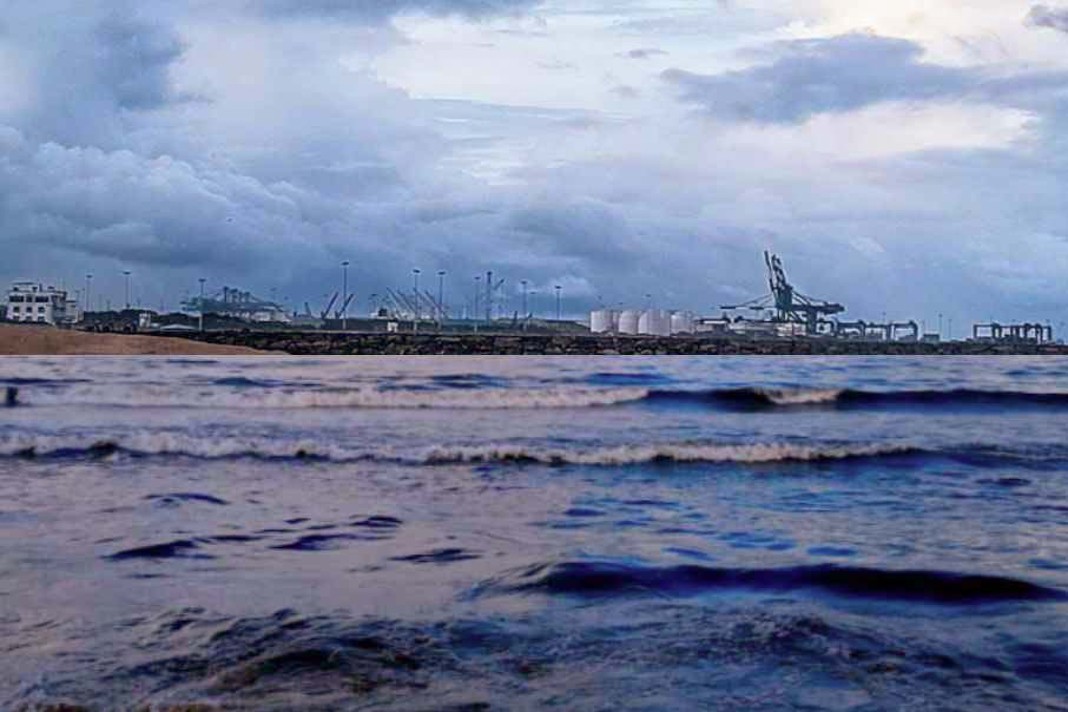A joint survey by the Zero Emission Maritime Buyers Alliance (ZEMBA) and Lloyd’s Register (LR) has revealed a “disconnect” between e-fuel supply forecasts and maritime offtake agreements. The survey found that out of the 62 evaluated e-fuel projects, 53 are still awaiting necessary agreements and funding to move forward, reports Engine.
No offtake, no uptake
This hesitation stems from producers’ reluctance, or inability, to invest in large-scale production capacity without offtake agreements in place.
The survey noted that only two binding agreements for e-fuels have been secured so far, despite 32 producers submitting over 200 proposals for long-term supply contracts. Offtake agreements can provide producers with a more guaranteed market, while buyers may benefit from reliable supply and fixed pricing.
A Methanex spokesperson told ENGINE that these contracts are vital to “underpin the necessary investment” in low- and zero-carbon fuels. Several other green fuel producers agreed that offtake agreements serve as clear demand signals, helping them decide whether to scale up production and invest in alternative fuel bunkering.
However, ship operators often hesitate to sign these agreements due to high operational costs, a lack of bunkering infrastructure, and regulatory uncertainty, according to the ZEMBA survey.
This creates a vicious cycle where producers delay investments due to uncertain demand and buyers avoid commitments because of limited supply. Ultimately, this lack of commitment can harm both sides in the long run.
E-fuel producers for the bunker market risk financial losses as they lack the security needed to justify their investments in production and infrastructure. They can often struggle to secure funding from investors. This uncertainty can impede the wider adoption of clean bunker fuels. For instance, Ørsted recently shelved its 50,000 mt/year e-methanol project dedicated to bunkering due to a lack of financially viable long-term agreements and high development costs.
And without enough e-fuels to go around, dual-fuel vessel owners face uncertainty about future bunker fuel availability and pricing, along with an increased risk of non-compliance with upcoming regulatory targets.
In other news, a research from University College London (UCL) showed that 39 countries supported a universal greenhouse gas (GHG) levy, while 15 opposed it at the International Maritime Organisation (IMO) meeting in London last week. The text for technical measures “appeared more finalized” than for economic measures, the report noted. Revenue distribution was also discussed at the meeting.
The IMO adopted final amendments to regulations designating the Canadian Arctic and the Norwegian Sea as Emission Control Areas (ECAs). These two 0.10% sulphur ECA zones will come into effect on 1 March 2027.
South Korea’s National Assembly introduced a green shipping corridor bill. If passed, it will mandate the use of zero-emission fuels in domestic and international shipping corridors selected by the Korean government, according to John Yum, shipping representative at the non-profit Solutions for Our Climate (SFOC).
Swedish engineering firm Alfa Laval is set to roll out its first fuel supply system for ammonia-capable vessels by the end of next year. The system includes a fuel valve train and a vent treatment system, which control the flow of fuel from storage tanks to the engine, according to Alfa Laval.
Did you subscribe to our daily Newsletter?
It’s Free! Click here to Subscribe
Source: Engine

















